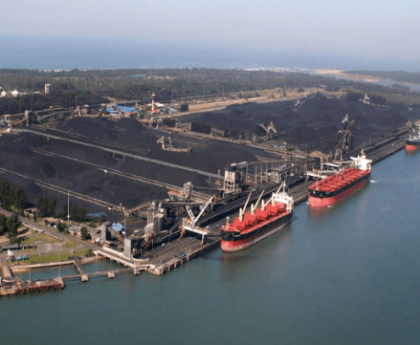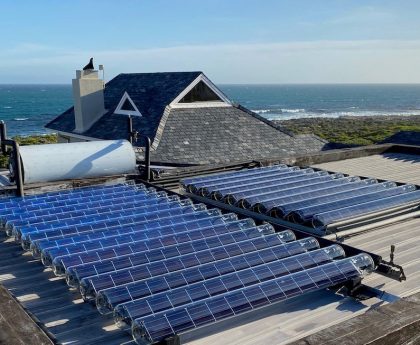Several factors can influence the cost of installing a solar farm. Even a small solar farm can cost a few million dollars — a 1 MW solar farm could cost between $890,000 and $1.01 million. Comparatively, home solar systems cost $15,000 to $20,000 on average, and that price can drop to less than $10,000 with solar incentives like the federal tax credit.
We will cover the main factors that influence the cost of large-scale PV installations in the following sections.
Solar Project Size
While residential solar systems are typically sized in kilowatts, the installed capacity of a solar farm reaches the scale of megawatts. One megawatt (MW) of solar capacity is equivalent to 1,000 kilowatts (kW), enough to power 173 homes according to the Solar Energy Industries Association (SEIA).
Installed capacity is the main factor that determines the cost of a solar farm. At an average price of $1.06 per watt, a 5 MW project would represent a $5.3 million investment, but a 100 MW project can exceed $100 million.
You can classify solar farms based on the purpose of the project:
- Utility-scale solar farms are built with the intention of selling electricity. The largest projects can reach several hundred megawatts, powering thousands of homes and businesses.
- Commercial and industrial solar farms are used to generate electricity on-site for business operations, and most are below 10 MW of capacity.
Solar Farm Location
On average, one megawatt of solar capacity can generate electricity for 173 homes, but productivity varies depending on local sunshine conditions. The SEIA has analyzed how the productivity of solar farms varies by state. One solar megawatt can power over 250 homes in sunny states like New Mexico, California and Hawaii, whereas one solar megawatt can only power around 100 homes in a low-sunshine location like Washington.
For example, a solar farm designed to power 10,000 homes would require 40 to 50 MW of capacity in the sunniest states. In a location with fewer sunlight hours, you may need up to 100 MW of installed capacity.
Sunlight is not the only factor that varies by location. If you plan to develop a solar farm in a region with higher wages, the project budget may also increase due to local material and labor costs.
Type of Solar Panel
There are three types of solar panels, which differ based on the photovoltaic (PV) material used to convert sunlight into electricity. The type of solar panel you choose will influence solar farm project costs.
- Monocrystalline panels: The most common type of solar panel, which features the highest efficiency and highest cost.
- Polycrystalline panels: These panels cost less than monocrystalline versions, but offer lower efficiency ratings.
- Thin-film panels: Thin-film panels have the lowest efficiency and cost of the three types.
Compared to polycrystalline and monocrystalline panels, thin-film panels must cover a large area to reach a given capacity. High-efficiency panels are more expensive, but you need less to reach a project’s required megawatts. As a result, the three technologies can have similar installation costs per watt.
According to a cost analysis by NREL, solar modules represent 35% of the installed cost of a solar farm.
Regulations and Permitting Requirements
Solar farms are generally subject to more regulations and permitting requirements compared to residential installations.
Local regulations and solar permitting requirements vary by state. Some state governments have solar-friendly policies that favor solar installations and simplified approval requirements. But there are also locations where permitting a solar farm is difficult and expensive. Contact your local government or utility for more information about solar farm regulations and permits in your area.
This post was originally published on 3rd party site mentioned in the title of this site






